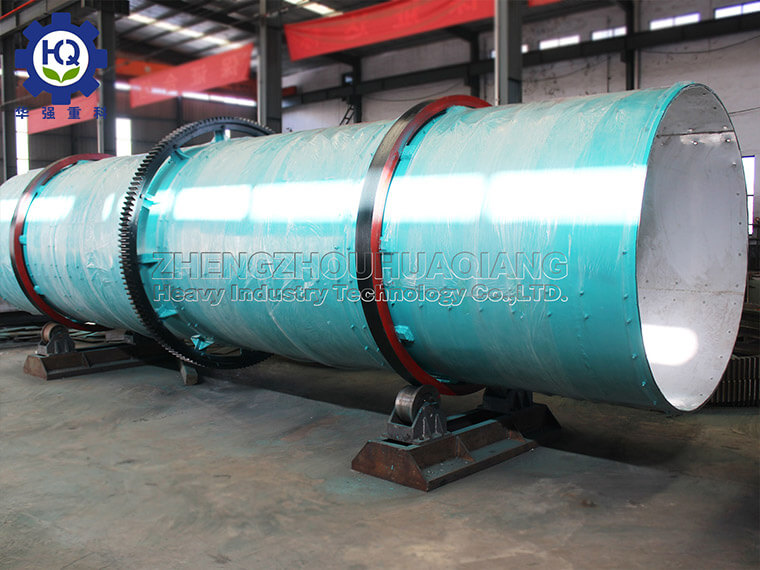The Process of Processing Powdered Fertilizer on Small Fecal Organic Fertilizer Production Line
With the continuous development of China’s economy, organic fertilizers are increasingly favored by farmers and are an indispensable part of the development of the organic green industry. Of course, they are also more in line with the current national policy guidance. It can not only make organic fertilizer processing enterprises more profitable, but also bring more practical and efficient commodity organic fertilizers to farmers..jpg)
The process method for small-scale powdered organic fertilizer production line is as follows:
1. Pile animal manure and other materials, household waste, sludge and other fertilizer base materials in strips on a flat ground. The width of the pile should be equal to the width of the equipment being overturned, with the height as high as possible and the length as long as possible. The ground should be flat, and both cement and land can be used.
2. Sprinkle the composting base materials such as piled animal manure and other materials, household waste, sludge, etc. with biological fermentation agents.
3. Use a composting machine to evenly mix and stir straw, livestock and poultry manure, other materials, household waste, sludge, fermentation agents, etc. Within 3-5 hours, it can be deodorized. After 16 hours, it can be heated to 50 degrees Celsius. When the temperature reaches 55 degrees Celsius, it will be composted again to increase oxygen content. In the future, every time the material temperature reaches 55 degrees Celsius, it will start flipping and stirring, achieving the effect of uniform fermentation, oxygen increase, and cooling. Repeat the next process until it is completely decomposed.
4. If the moisture content of livestock and poultry manure and other materials, household waste, sludge, etc. is too high, auxiliary materials containing organic matter that are relatively dry and can absorb water can be added or reflux method can be used. The last dried fertilizer can be placed below to form a chopped shape, and the high moisture content of livestock and poultry manure and other materials, household waste, sludge, etc. can be placed in the middle to allow the water above to seep into the bottom before flipping.
5. Generally, the process of fertilizer formation takes 7-10 days. Due to different climates, it may take 10-15 days. The materials will be completely decomposed to achieve no odor, no bacteria, insect eggs, weed seeds, high humus content, high potassium content, etc.
6. Then, equipment such as organic fertilizer pulverizer, grading and screening, and automatic packaging machine packaging will be carried out, and the powdered organic fertilizer can be stored and sold.
The above is a small-scale organic fertilizer powder production line process, which can be sold in the market after completion. As a commodity sales consideration for inventory time, fertilizer efficiency maintenance, etc., it is necessary to further process the above process into granular organic fertilizer.
Organic fertilizer equipment can effectively solve the environmental pollution caused by organic waste such as livestock and poultry farming, reduce water eutrophication caused by pollution, and improve the quality and safety of agricultural products. It lays a good foundation for the overall consumption of green and organic food, and the ecological environment is extremely beneficial. With the rapid development of livestock and poultry farming, a large amount of feces and sewage are produced. The harmful elements of these pollutants are too high, It cannot be handled using traditional methods.
.jpg)

.jpg)

.jpg)
.jpg)


